ASH 2020: CPX-351 Plus Venetoclax Effective for Patients With Relapsed/Refractory, Newly Diagnosed AML
By Cameron Kelsall, /alert Contributor
December 8, 2020
Combination therapy with CPX-351 and venetoclax exhibited promising efficacy in patients with high-risk relapsed/refractory acute myeloid leukemia (AML), with particular efficacy seen among venetoclax-naive patients, according to phase 2 study results presented at the ASH Annual Meeting.
CPX-351, a liposomal formulation of cytarabine and daunorubicin, holds FDA approval for the treatment of patients with therapy-related AML and secondary AML caused by myelodysplastic syndrome. Among patients with secondary AML, it has been shown to provoke superior outcomes when compared with 7+3 chemotherapy, with overall survival (OS) gains seen following stem cell transplant.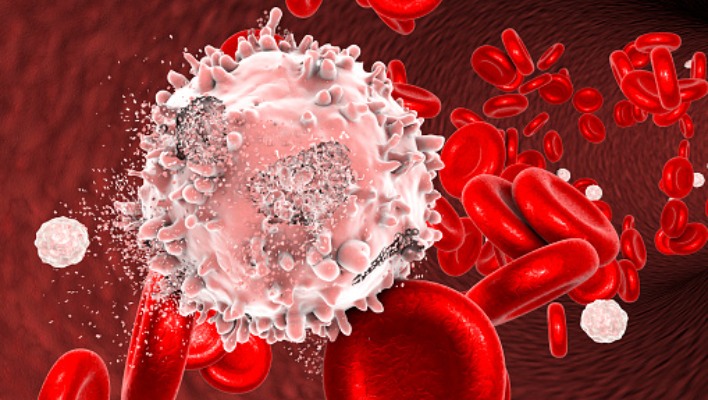
Prompted by research that suggested the addition of venetoclax, a BCL-2 inhibitor, to hypomethylating agents improved outcomes over hypomethylating agents alone, Tapan M. Kadia, MD, associate professor, department of leukemia, The University of Texas MD Anderson Cancer Center, and colleagues sought to observe the activity of CPX-351 in combination with venetoclax.
Kadia and colleagues administered CPX-351 at a consistent intravenous dose on days 1, 3 and 5 of induction therapy (44 mg/m2 daunorubicin plus 100 mg/m2 cytarabine) and days 1 and 3 of consolidation therapy (29 mg/m2 daunorubicin plus 65 mg/m2 cytarabine).
Venetoclax was administered initially at a dose of 300 mg on days 2 through 21, with interruption allowed after day 14 in patients whose bone marrow was hypocellular and showed no evidence of leukemia. Following the observation of dose-limiting toxicities, the researchers revised the dosing schedule to 300 mg on days 2 through 8. The revised dosing schedule was adopted into two expansion cohorts: one evaluating patients with relapsed/refractory AML (Cohort A) and one evaluating patients with newly diagnosed AML (Cohort B).
At the time of reporting, 18 patients had been treated on study (median age, 51 years; range, 29-71), with 67% (n = 12) receiving treatment during the lead-in phase. Five patients were treated in Cohort A and one patient was treated in Cohort B.
Among 17 patients with relapsed/refractory AML, the median number of previous therapies was 2 (range, 1-10), including seven patients with prior exposure to venetoclax. Adverse karyotypes were observed in nine patients, including complex karyotype (n = 6) and TP53 mutations (n = 6).
The researchers reported that the patient in Cohort B — who had previously undergone stem cell transplant for myelodysplastic syndrome, as well as treatment with hypomethylating agents and venetoclax — achieved a minimal residual disease–negative complete response.
Sixteen patients with relapsed/refractory AML were evaluable for response. The researchers reported one complete response, five complete responses with incomplete hematologic recovery, and one case of morphologic leukemia-free state (overall response rate [ORR], 44%). Patients without prior exposure to venetoclax achieved a more robust ORR than those who with prior exposure (60% vs. 17%).
Six responding patients (86%) proceeded to stem cell transplant. The researchers reported a median OS of 6.4 months, with a 6-month OS rate of 53%. Median OS and relapse-free survival were not reached in responding patients; the 6-month rates of each were 86%.
Patients with no prior exposure to venetoclax achieved a more robust median OS (not reached vs. 5 months) and 6-month OS (57% vs. 44%). The study’s 4-week mortality rate was 11% (n = 2), with an 8-week mortality rate of 22% (n = 4).
The most common serious adverse events included infections, not otherwise specified; nausea; pneumonia; prolonged thrombocytopenia; prolonged neutropenia; vomiting; and rash. The researchers reported one case each of grade 5 pneumonia, respiratory failure and sepsis.
Enrollment is ongoing in both the relapsed/refractory and newly diagnosed cohorts.

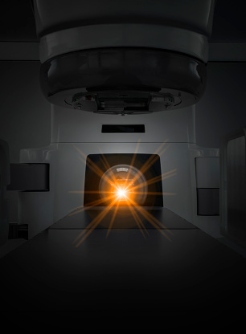
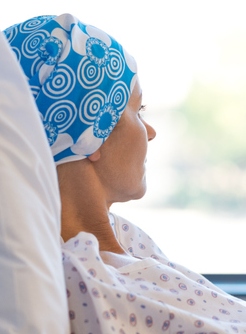
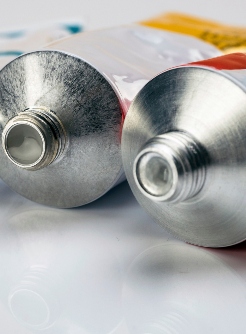
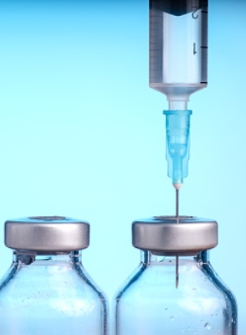



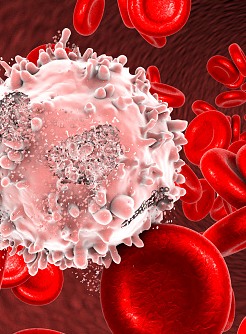
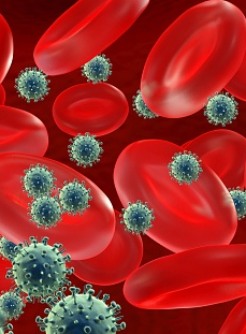



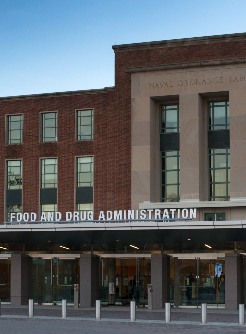

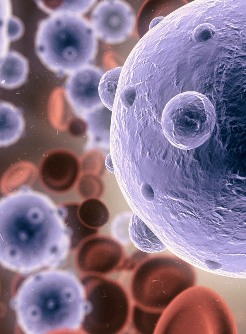
.jpg)
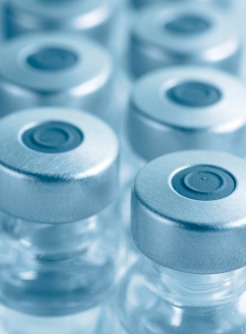



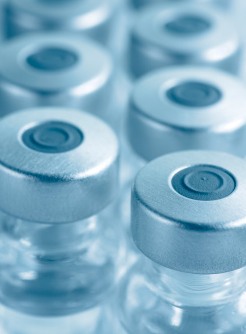
.jpg)



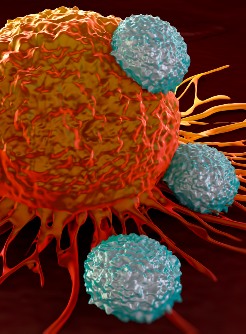


.jpg)
.jpg)
.jpg)
.jpg)
.jpg)
.jpg)
.jpg)

.jpg)
.jpg)